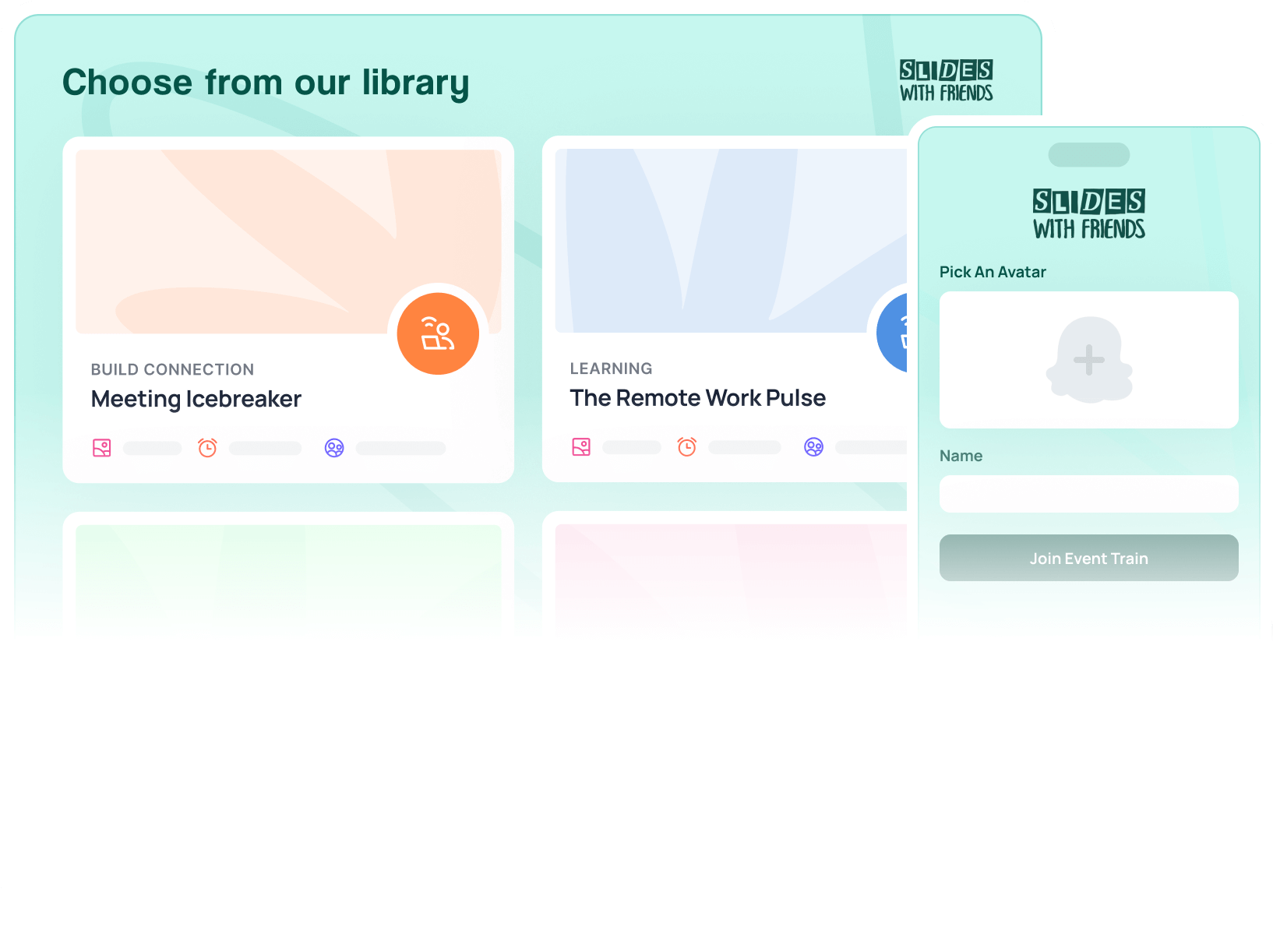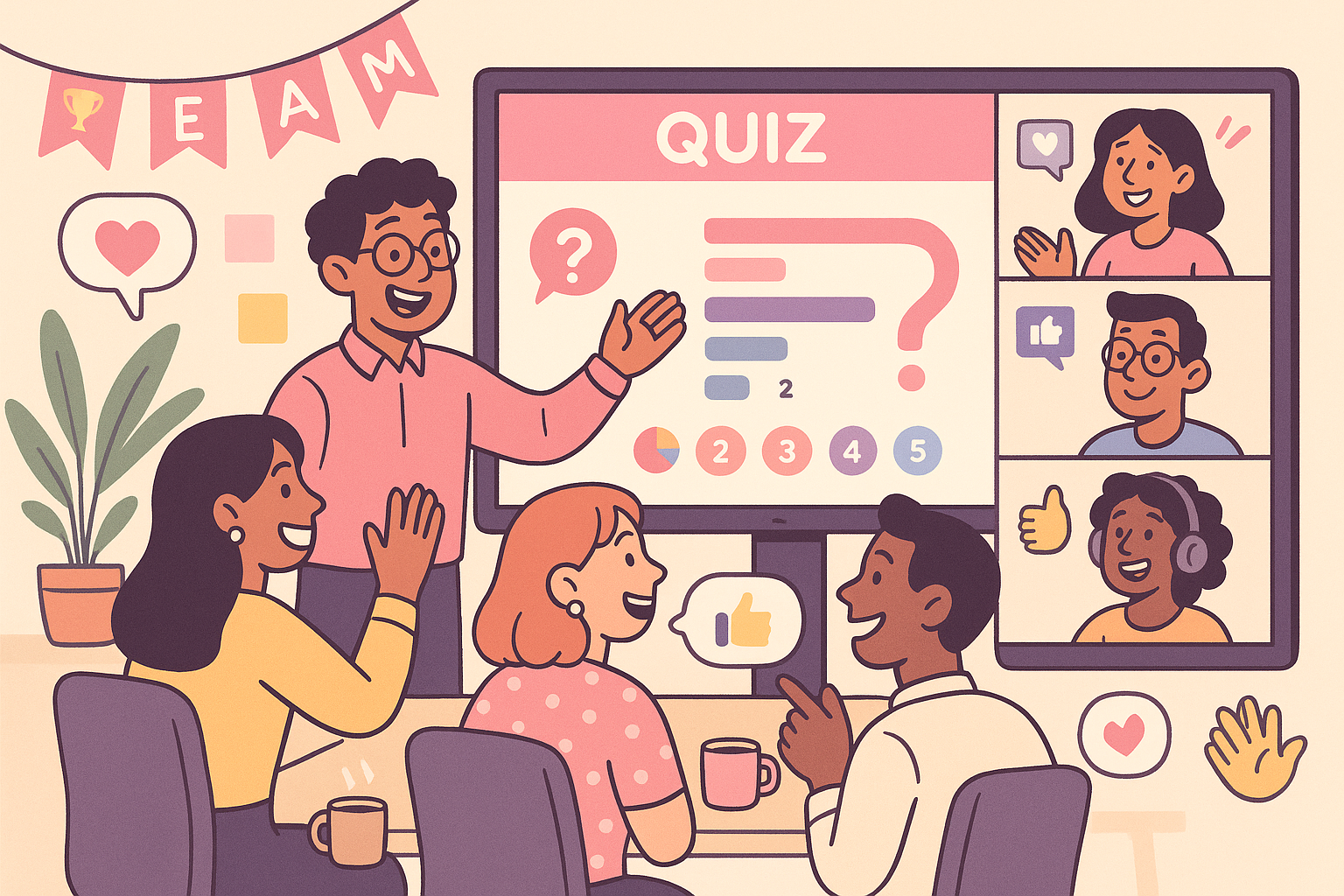9 Tools, Tips, and Activities to Engage Your Students
Engagement is a great way to get the students to pay attention, but also feel more comfortable in their classrooms and do better in school overall. Here are 9 ways to make that happen.

Teachers are all after that elusive student engagement articles and educational publications seem to discuss so much. But when it comes to student engagement, there are so many factors that come into play. Between students who struggle to pay attention, the varying ways every student learns, and the looming testing expectations placed on teachers, it can seem impossible to find the best ways to boost classroom engagement.
Here are 9 simple tips and activities you can implement in your classroom to engage your students.

Explain the 'Why' for the Lesson
If a student can't understand why what their learning will benefit their lives, they're less likely to pay attention. When introducing a new lesson, take a few minutes to explain the real-world applications for what they're about to learn. Make connections for them between the material and their hobbies or future goals.
For example, if you're teaching a science lesson on photosynthesis, tell your students that without this process we wouldn't have the oxygen needed to breathe. If you're teaching a history lesson on the Revolutionary War, explain how the specific events that took place during this time period led to the country we live in today.
Communicate in Varying Styles
Communication is a hard one to crack when it comes to students. One way to make students more comfortable engaging is by offering different ways for them to communicate.

An example of this can be seen in Slides With Friends Good Morning, Class slide deck. The deck goes through questions a teacher would regularly ask students in the morning, but gives the option to use emoji’s, multiple choice, or typed out answers.
By finding communication styles students react to better, you'll give them more confidence to engage in the classroom.
Break Up the Monotony
Lessons can be dry and boring, no matter how interesting the material is. So break up your lessons with some fun activities! Brainstorm with your student’s different ways to learn the material you're covering.
If you're teaching a lesson on parts of speech, have your students act out examples of each one. Or, our favorite, print these mad libs, have each student fill one out, and let those who want share their answers with the class!
Add Learning Games to Regular Lessons
While playing to learn may be an old concept, research is finally catching up and showing game-based learning has a wide range of benefits. Games improve social interactions, increase group participation, and boost students overall feelings towards learning.
And you don't have to spend huge amounts of time creating games that tie in with your lessons. Tools like Slides With Friends and Kahoot have pre-made lessons, trivia, quizzes, and icebreakers to keep students entertained, but still learning.

Our favorite slide deck to test out if online games will work for your class is Hangout at the Zoo. The game combines fun questions for students with trivia about the animal kingdom. The slide deck is easy to customize or you can use it as is to reinforce a lesson or take a break with your students.
Make it Hands-On
When students are actively involved in the lesson, they're more likely to pay attention and remember what they learned. So try to make your lessons as hands-on as possible.
For example, if you're teaching a lesson on the solar system, have your students create their own planets out of clay. Or if you're teaching a lesson on the water cycle, take your students outside to observe and chart the process.
By adding just a little depth and the opportunity to create to what you're teaching, you create an exciting classroom where students are eager to engage.
Refocus Students with Movement
One of the best ways to get students engaged is to let them move around the room. It sounds simple, but it's true! When students are allowed to get up and move, they're more likely to be engaged with the material.
Letting them stand up, walk around, or even do a simple desk stretch will help them focus and be more engaged.
Allow Choices - Within Reason

Studies continuously find students learn differently. Yet, they're still expected to turn in the same type of work. If you want your students truly engaged in what they're learning, allow them some choice in how they show what they know.
For example, if you're teaching a lesson on the Civil War, allow your students to choose between writing a paper, creating a PowerPoint presentation, or making a diorama.
Or if you're teaching a math lesson on fractions, have them complete problems in groups or individually.
The most important thing to remember is that student engagement looks different for every student. By trying out different activities and strategies, you'll eventually find what works best for your students. And when you do, student engagement will become second nature in your classroom!
Include Regular Group Work
Studies have found group work can really improve student engagement in the classroom. Collaborative work helps students learn processing and management skills, problem solving, and decision making abilities. It also allows for student-to-student and student-to-teacher interaction which can help build relationships.

To improve how your class works together, you can also start your group work time with a little team building, like a group Scavenger Hunt Challenge. Break your students into groups and give prompts for objects they need to find. It's a great break and a wonderful way to get group in sync before starting their work.
Make sure to mix up the groups regularly so students are working with different classmates and no one feels left out. You can also have students work in pairs occasionally for a change of pace.
Ask for and Listen to Feedback
Using various tools and tips to increase student engagement is a great way to maintain a healthy classroom. But it's also important to get student feedback and listen to what they have to say.
What works for one student might not work for another, so it's important to be flexible and adjust your strategies as needed. You can ask for student feedback in a number of ways:
Exit slips - At the end of class, have students write down one thing they liked about the lesson and one thing they didn't like.
End of unit surveys - After a unit is completed, give your students a survey asking them what they thought about the various activities and strategies used.
Class discussions - Hold a class discussion at the end of each week to see what worked and what didn't.
Slides With Friends - Use the Group Check-In slide deck to get feedback and check the overall temperature in the classroom.
By regularly asking for student feedback, you'll be able to make adjustments as needed to ensure all your students are engaged in the classroom!
Student Engagement as an End Goal

While student engagement should be a goal in and of itself, it's also important to remember student engagement is just one part of the larger picture.
When students are engaged in the classroom, they're more likely to pay attention, feel comfortable, and do better in school overall. But student engagement is only one piece of the puzzle. To truly support your students, you need to create a well-rounded learning environment that meets their individual needs.
By using the tools, tips, and activities listed above, you can create a classroom that engages all your students! And when you do, you'll be one step closer to meeting the needs of all your students.


Ready to ditch the dull, and run team sessions that people will actually enjoy?
Get started with a Slides with Friends deck in no time. We’ve got all the interactive features you need in one easy-to-learn, easy-to-set-up tool.















